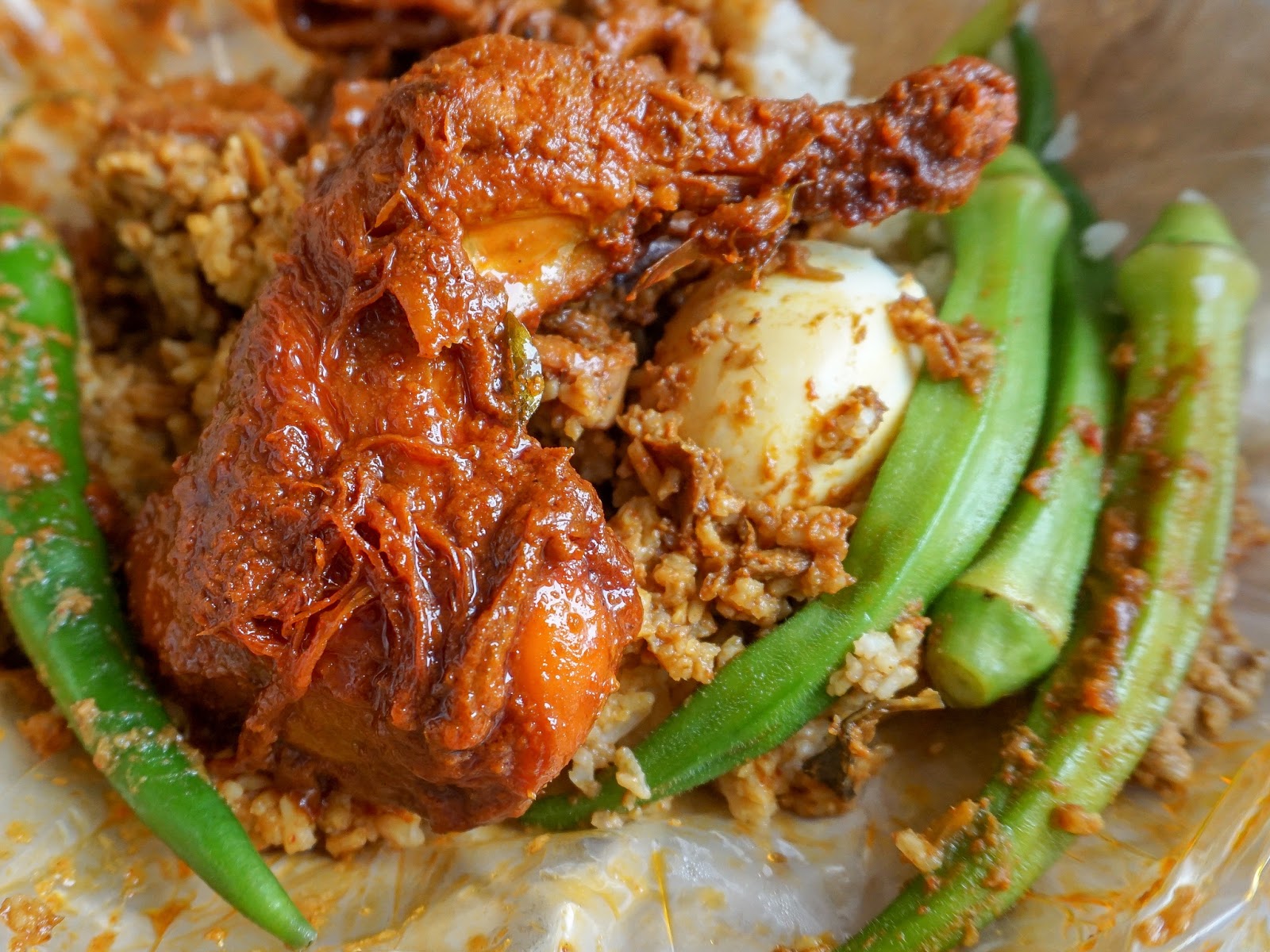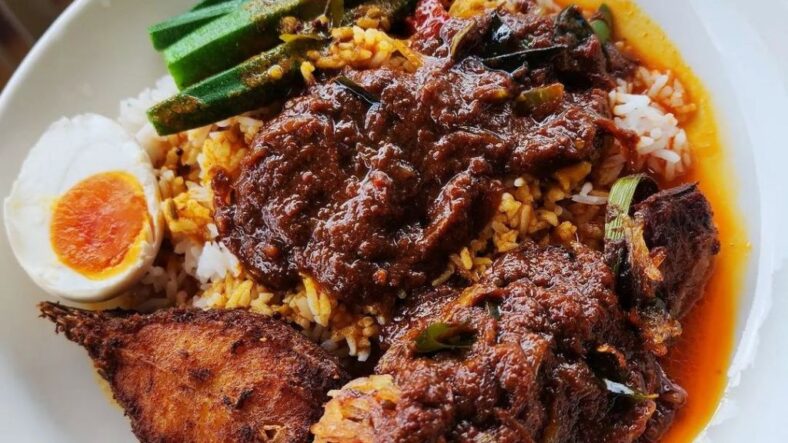Nasi Kandar, a beloved Malaysian dish, is renowned for its rich flavors, aromatic spices, and vibrant colors. Originating from the Indian-Muslim community in Penang, Malaysia, nasi kandar has become a staple of Malaysian cuisine, captivating locals and visitors alike. In this article, we embark on a culinary journey to explore the delights of nasi kandar, its unique characteristics, and its cultural significance. For more information about the Nasi Kandar you can find it in many other website, one of them like Blog Airpaz
The Origins of Nasi Kandar

Nasi kandar originated in the late 18th century when Indian-Muslim merchants from the Indian subcontinent settled in Penang, Malaysia. These traders created roadside stalls where they would serve rice with a variety of curries, gravies, and side dishes. Over time, the dish gained popularity and evolved into the vibrant and diverse nasi kandar we know today.
The Flavors and Ingredients

a. Fragrant Rice: Nasi kandar centers around steamed rice that is often infused with spices such as cloves, cinnamon, and cardamom. The rice is cooked to perfection, with each grain distinct and subtly fragrant.
b. Assortment of Curries: One of the defining features of nasi kandar is the variety of curries that accompany the rice. From fiery chicken curry and aromatic fish curry to flavorful beef rendang, the curries offer a symphony of flavors. The curries are often prepared using a blend of spices, including turmeric, chili, coriander, and cumin, resulting in a tantalizing blend of sweet, savory, and spicy notes.
c. Side Dishes: Nasi kandar is typically served with a multitude of side dishes. These can include fried chicken, fried fish, spicy prawns, stir-fried vegetables, pickled vegetables, and hard-boiled eggs. The side dishes complement the flavors of the curries and rice, adding textures and enhancing the overall dining experience.
Read More : Discovering the Rich and Flavorful Street Food of Penang
The Nasi Kandar Experience

Visiting a nasi kandar stall or restaurant is not just about the food but also immersing oneself in the vibrant atmosphere and unique dining customs. Typically, patrons are greeted with a display of tantalizing curries, and they can select their preferred combinations to accompany their rice. Nasi kandar eateries often operate on a self-service basis, allowing customers to choose their desired curries and side dishes, creating a personalized and flavorful meal.
Cultural Significance
Nasi kandar holds deep cultural significance in Malaysia, particularly among the Indian-Muslim community. It is often associated with communal dining, as families and friends gather to enjoy a hearty meal together. Nasi kandar stalls are considered social hubs, where people from all walks of life come together to relish the diverse flavors and engage in lively conversations.
Nasi Kandar Beyond Malaysia
Nasi kandar’s popularity has transcended Malaysian borders, making it a sought-after dish worldwide. Malaysian diaspora and food enthusiasts have introduced nasi kandar to various parts of the world, showcasing the unique flavors and culinary traditions of Malaysia. Today, one can find nasi kandar restaurants in many international cities, offering a taste of Malaysian culture to global audiences.
Nasi kandar is more than just a dish; it is a culinary experience that encapsulates the vibrant and diverse flavors of Malaysia. With its fragrant rice, flavorful curries, and assortment of side dishes, nasi kandar offers a tantalizing journey through Malaysian cuisine.
